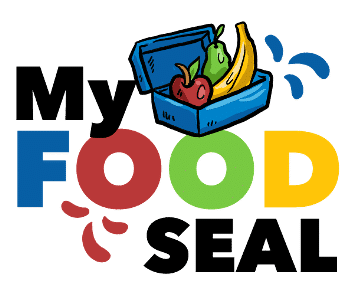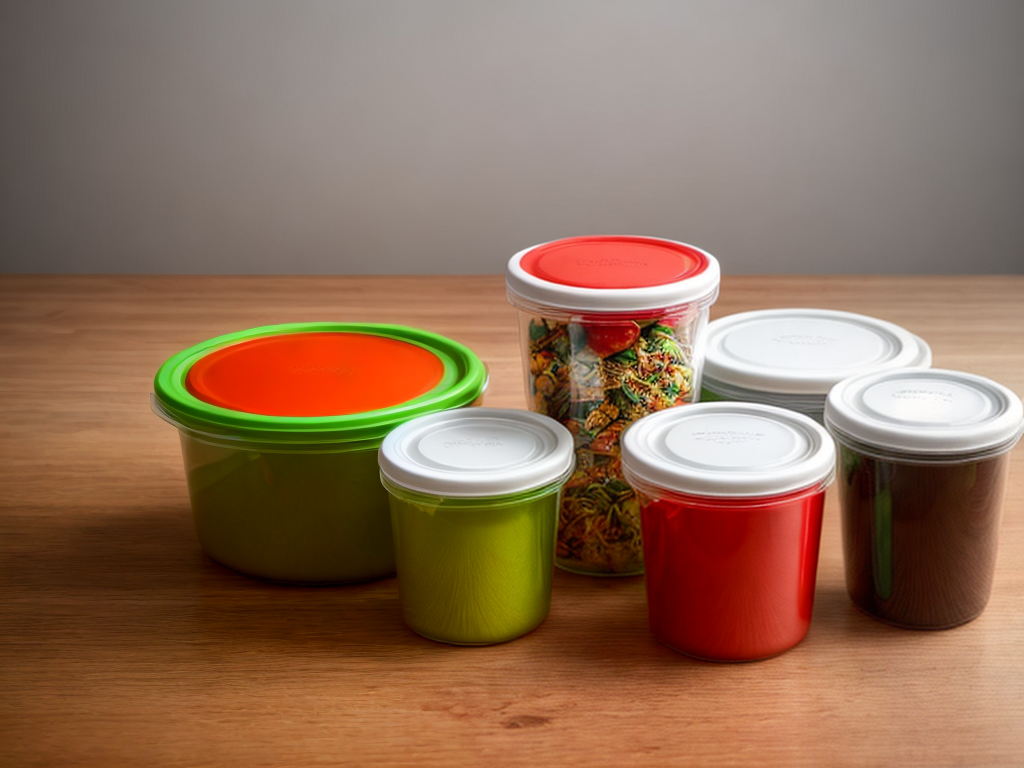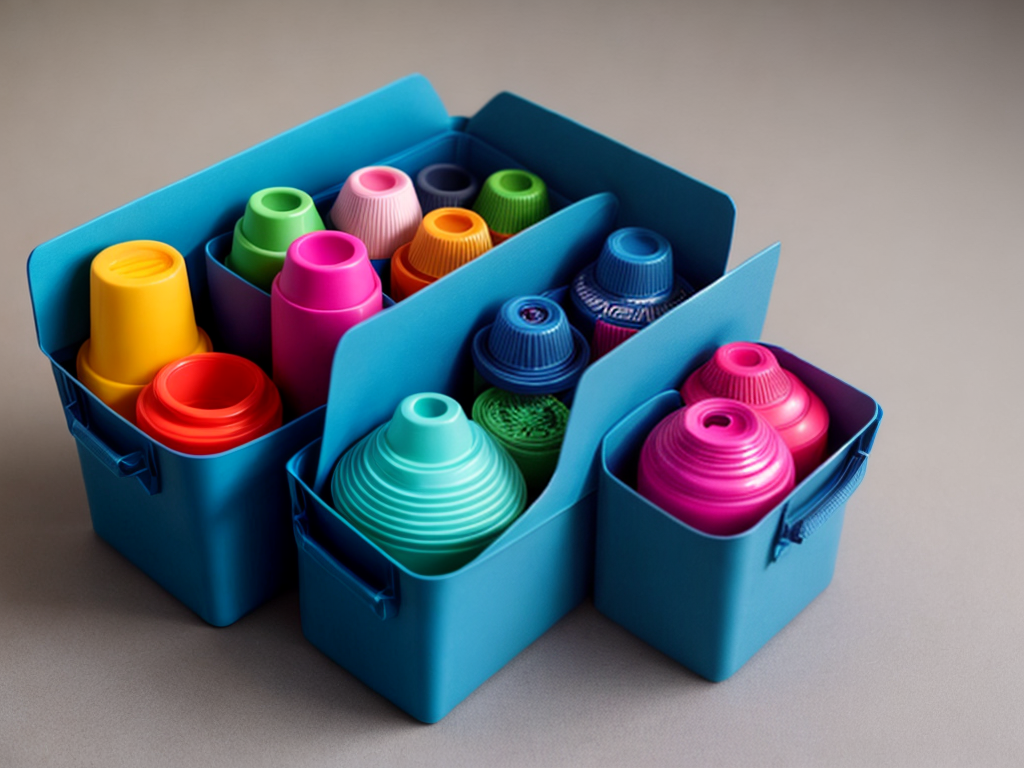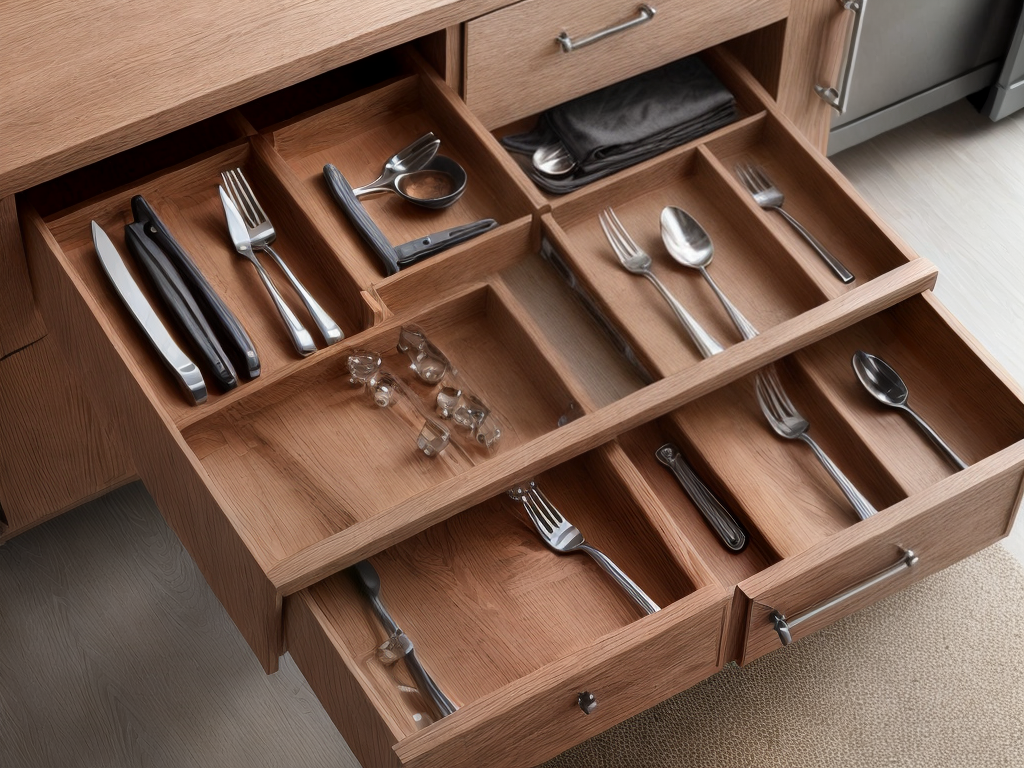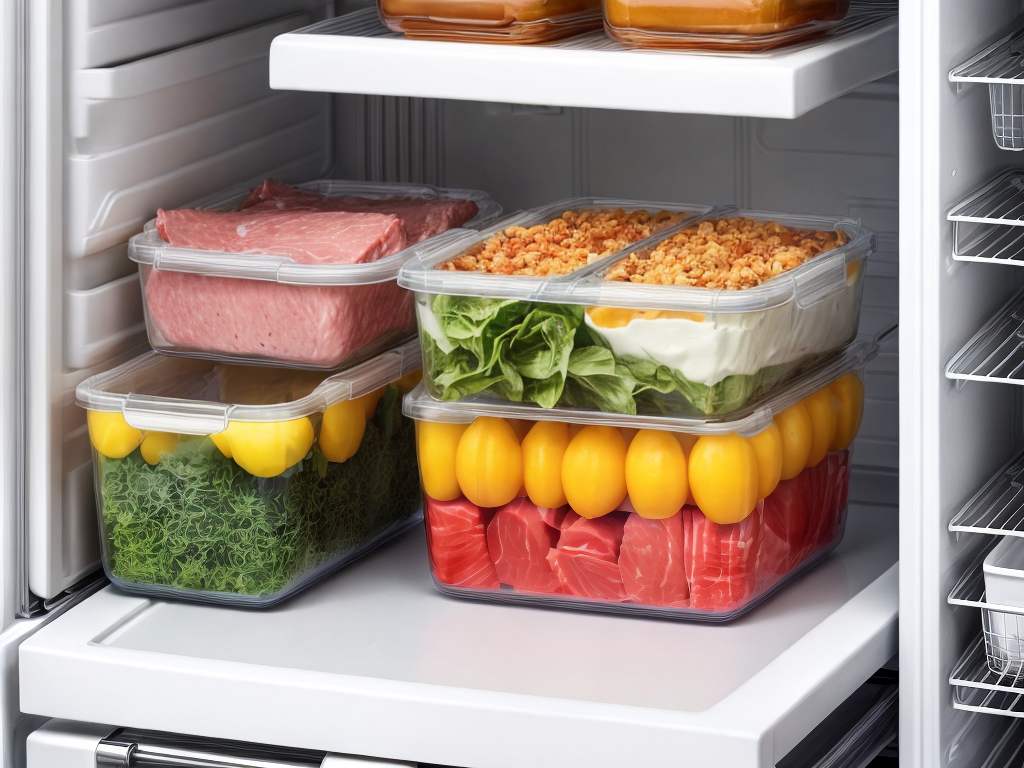
You may not realize it, but improper food storage can lead to serious health risks. Did you know that certain foods should never be stored together in the refrigerator? Or that freezing food doesn’t necessarily make it safe to eat indefinitely? In this discussion, we’ll explore the dos and don’ts of food storage safety, including the importance of proper refrigeration, avoiding cross-contamination, best practices for freezing food, understanding shelf life and expiration dates, and safe handling and storage of leftovers. Stay tuned to learn how to keep your food fresh and safe.
Importance of Proper Refrigeration
Proper refrigeration is essential for maintaining the safety and quality of stored food. Temperature control plays a crucial role in preventing the growth of harmful bacteria and reducing the risk of foodborne illnesses. When food is stored at temperatures above 40°F (4°C), bacteria can multiply rapidly, increasing the likelihood of food poisoning. On the other hand, keeping perishable items below 40°F (4°C) slows down bacterial growth and helps maintain food freshness.
Refrigeration inhibits the growth of bacteria, yeasts, and molds that can spoil food and cause illness. By lowering the temperature, we create an environment where microorganisms struggle to survive and reproduce. Cold storage also slows down enzymatic reactions and chemical changes that can lead to food spoilage. Additionally, refrigeration helps maintain the nutritional value, texture, and flavor of stored food.
To ensure proper refrigeration, it’s important to set the temperature of your refrigerator below 40°F (4°C). Use a thermometer to monitor the temperature regularly and adjust as needed. Keep perishable foods, such as raw meat, poultry, fish, dairy products, and leftovers, refrigerated promptly after use. Avoid storing these items in the refrigerator door, as the temperature can fluctuate when the door is opened frequently.
Avoiding Cross-Contamination
How can we prevent cross-contamination in food storage to ensure the safety of our stored food? Cross-contamination occurs when harmful bacteria from one food item spread to another, leading to potential illness. To prevent bacterial growth and maintain food quality, it is crucial to follow certain practices.
Firstly, always store raw meats, poultry, and seafood separately from other foods. Use separate cutting boards and utensils for these items to prevent the spread of bacteria. Additionally, make sure to wash your hands thoroughly after handling raw meats to avoid cross-contamination.
Furthermore, it is essential to properly seal and store food items. Use airtight containers or bags to prevent bacteria from entering and spreading. Label and date all containers to keep track of the storage time and ensure that perishable items are used within their recommended timeframe.
In addition, clean and sanitize storage areas regularly to eliminate any potential sources of contamination. Pay attention to refrigerator shelves, countertops, and pantry shelves, ensuring that they are free from spills and residues.
Best Practices for Freezing Food
To ensure optimal food quality and safety, it is essential to follow best practices when freezing food. Proper packaging is crucial in maintaining the taste and texture of frozen food. It is recommended to use airtight containers or freezer bags to prevent freezer burn and protect against contamination. Make sure to remove any excess air from the packaging to minimize the risk of ice crystals forming.
When it comes to defrosting frozen food, there are a few techniques to keep in mind. The safest method is to thaw food in the refrigerator. This allows for a gradual thawing process, ensuring that the food stays at a safe temperature throughout. For faster thawing, you can use the microwave, but be sure to cook the food immediately after thawing to avoid bacterial growth.
When freezing food, it is important to label each item with the date of freezing. This helps you keep track of the food’s shelf life and ensures that you consume it before it expires. Additionally, it is recommended to freeze food in portion sizes that are suitable for your needs, as this allows for easier meal planning and reduces waste.
Understanding Shelf Life and Expiration Dates
Understanding the shelf life and expiration dates of food is essential for maintaining food safety and knowing when it is safe to consume. Proper storage and handling of food can help prevent foodborne illnesses. When it comes to shelf life, it refers to the period during which a food product is safe to eat and of good quality. Expiration dates, on the other hand, indicate the date by which the food should be consumed for optimal quality and safety.
To ensure food stays fresh and safe to eat, it is important to store it in appropriate food storage containers. These containers should be airtight and made of materials that do not interact with the food, such as glass or BPA-free plastic. Using proper food preservation techniques, such as canning, freezing, or dehydrating, can also extend the shelf life of certain foods.
It is important to note that expiration dates should be followed strictly for perishable items, such as meat and dairy products. However, for non-perishable items like canned goods or dry pantry staples, it is usually safe to consume them past their expiration dates as long as there are no signs of spoilage, such as bulging or rusting cans, or foul odors.
Safe Handling and Storage of Leftovers
When handling and storing leftovers, it is crucial to follow proper food safety guidelines to prevent the growth of harmful bacteria. Safe handling is the key to preventing spoilage and ensuring that your leftovers remain safe to eat. First and foremost, it is important to cool leftovers quickly. Bacteria thrive in temperatures between 40°F and 140°F, so cooling leftovers to below 40°F within two hours is essential. Divide large portions into smaller, shallow containers to facilitate faster cooling. Once cooled, store leftovers in the refrigerator at a temperature of 40°F or below. It is recommended to consume refrigerated leftovers within three to four days to minimize the risk of bacterial growth. When reheating leftovers, ensure they reach an internal temperature of 165°F to kill any remaining bacteria. It is also important to avoid cross-contamination. Store raw and cooked foods separately and use different utensils for handling each. By following these safe handling and storage practices, you can prevent spoilage and maintain the quality and safety of your leftovers.
Conclusion
In conclusion, proper food storage safety is crucial for maintaining the quality and safety of our food. By following the dos and don’ts such as refrigerating food at the right temperature, avoiding cross-contamination, freezing food correctly, and understanding shelf life and expiration dates, we can prevent foodborne illnesses and wastage. Remember to handle and store leftovers safely to further minimize health risks. Following these best practices will help ensure that our food remains fresh, delicious, and safe for consumption.
